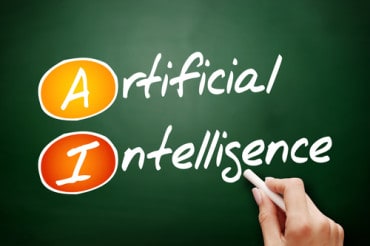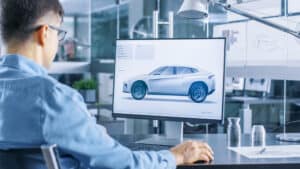
A new technique allows designers to add engineering constraints into the text-to-image generative AI process, cutting down the iterations needed to address design considerations.
The use of ChatGPT and generative AI have exploded across all industries and in many application areas. In what might be considered a peek at what’s next, researchers at the Toyota Researchers Institute (TRI) recently published two papers on different modeling algorithms and techniques that auto designers can use to complement generative AI by applying optimized engineering constraints to the generated images.
“Generative AI tools are often used as inspiration for designers but cannot handle the complex engineering and safety considerations that go into actual car design,” said Avinash Balachandran, director of TRI’s Human Interactive Driving (HID) Division, in a release describing the work. The technique the group has explored combines Toyota’s traditional engineering strengths with the state-of-the-art capabilities of modern generative AI.”
Currently, designers can use publicly available text-to-image generative AI tools as an early step in their design process. They might use something along the lines of a “sleek SUV” as the seed for a generated image. With TRI’s new technique, designers can add initial design sketches and engineering constraints into this process, cutting down the iterations needed to address design and engineering considerations.
The work here is all part of a much broader shift in the automotive industry to smart manufacturing.
See also: Riding Out Automotive Market Uncertainty with Digital Twins
How does the technique complement generative AI?
The researchers recently published two papers to explain their work. The papers, Interpreting and Improving Diffusion Models Using the Euclidean Distance Function and Drag-guided Diffusion Models for Vehicle Image Generation, describe how their technique incorporates precise engineering constraints into the design process.
Using the technique, designers can include constraints like drag (which affects fuel efficiency) and chassis dimensions like ride height and cabin dimensions (which affect handling, ergonomics, and safety) into the generative AI process. That is accomplished by tying principles from optimization theory, used extensively for computer-aided engineering, to text-to-image-based generative AI. Marrying these areas results in an algorithm that allows designers to optimize engineering constraints while maintaining their text-based stylistic prompts to the generative AI process.
What does all of that do for the designer and the automaker? The researchers gave an example. A designer can request, via text prompt, a suite of designs based on an initial prototype sketch with specific stylistic properties like “sleek,” “SUV-like,” and “modern” while also optimizing a quantitative performance metric. In the drag-guided diffusion models paper, the researchers focused specifically on aerodynamic drag. They noted that the approach can also optimize any other performance metrics or constraints inferred from a design image.
One area where the researchers see the technique being particularly helpful is in designing electric vehicles more quickly and efficiently. Focusing on drag in the earliest design stages is essential for electric vehicles. The reason: Reduced drag leads to improved aerodynamics of a vehicle. With electric vehicles, that translates into a greater range when everything else (body weight, battery capacity, etc.) is the same.
Additional Resources
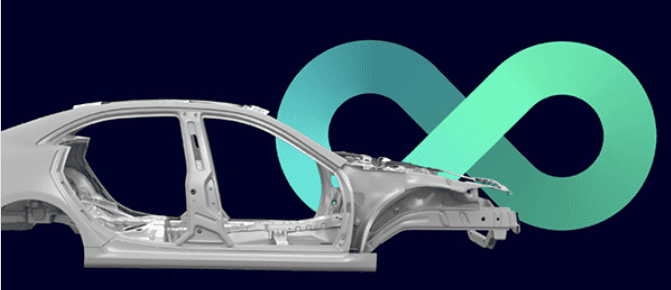
Drive Production Excellence with Intelligent Manufacturing
The automotive industry is facing unprecedented challenges, with rapid change and intense pressure to meet the demands of climate change, regulations, and consumers. Download Now
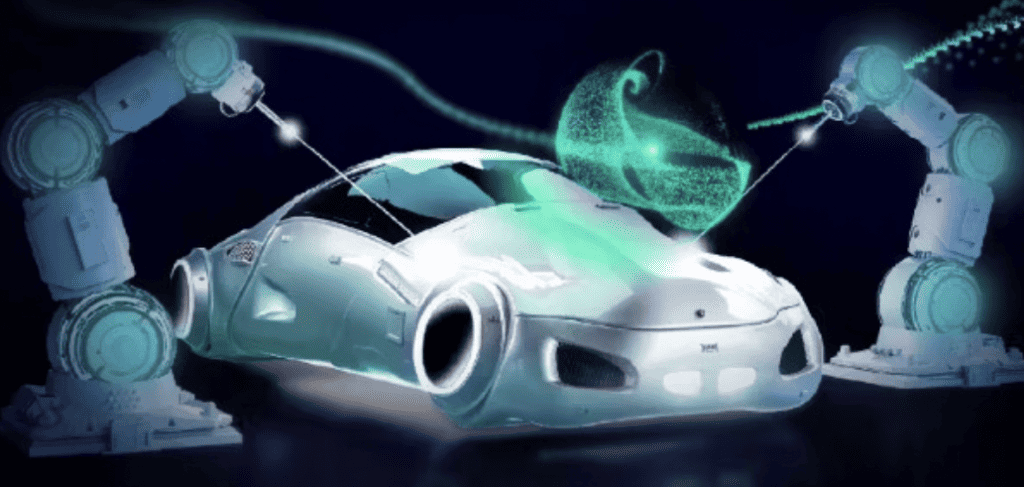
Modernize automotive factories with Siemens Smart Manufacturing solutions
Discover how automakers can transform their business with Smart Manufacturing solutions using state-of-the-art hardware and software to modernize production lines. Watch Now
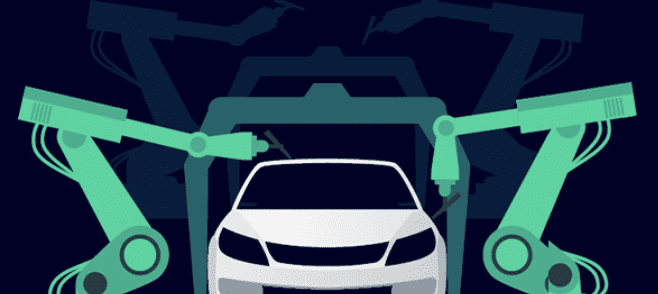
Virtual Manufacturing Development for the Automotive Industry
Companies in the automotive industry are pushing to develop the next generation of autonomous, electric, connected, and shared vehicles. View Now






